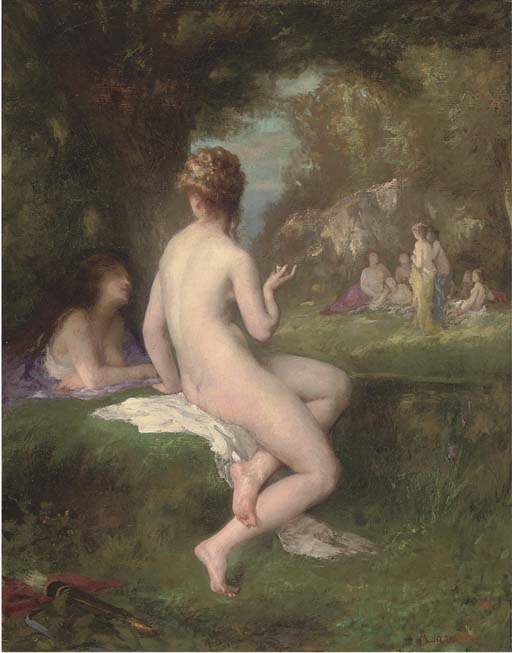
Armand Laroche, Diana bathing with the nymphs, credit Wikipedia

Armand Laroche, Diana bathing with the nymphs, credit Wikipedia

Henri Rousseau, Sevres Bridge, credit Wikipedia
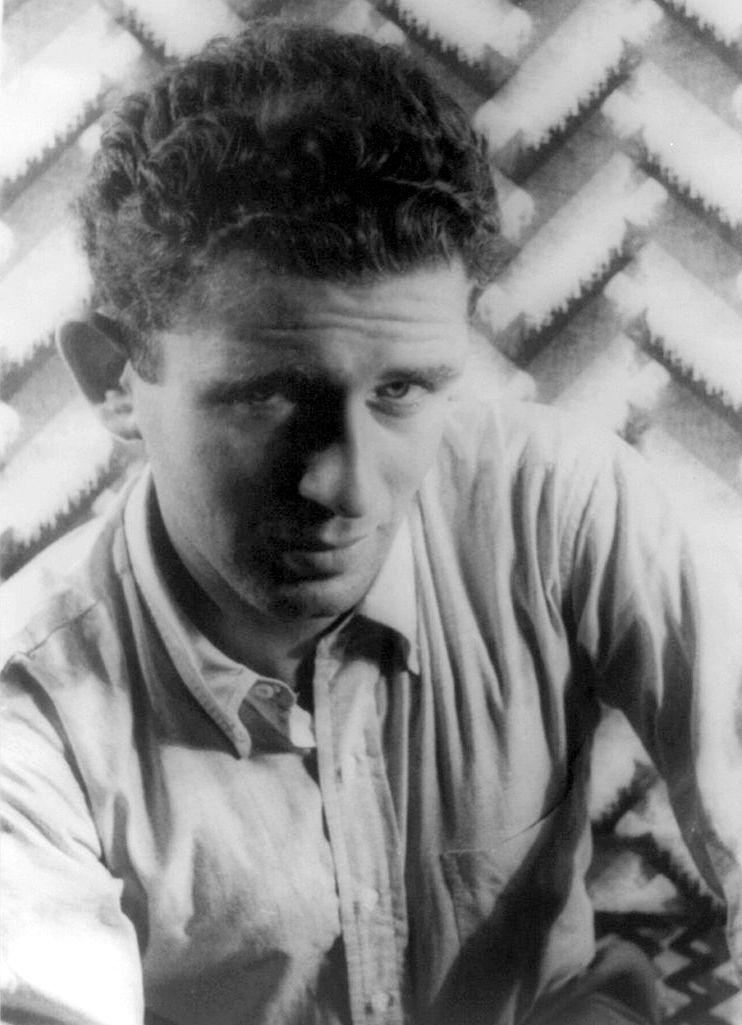
Norman Mailer in 1948, credit Wikipedia
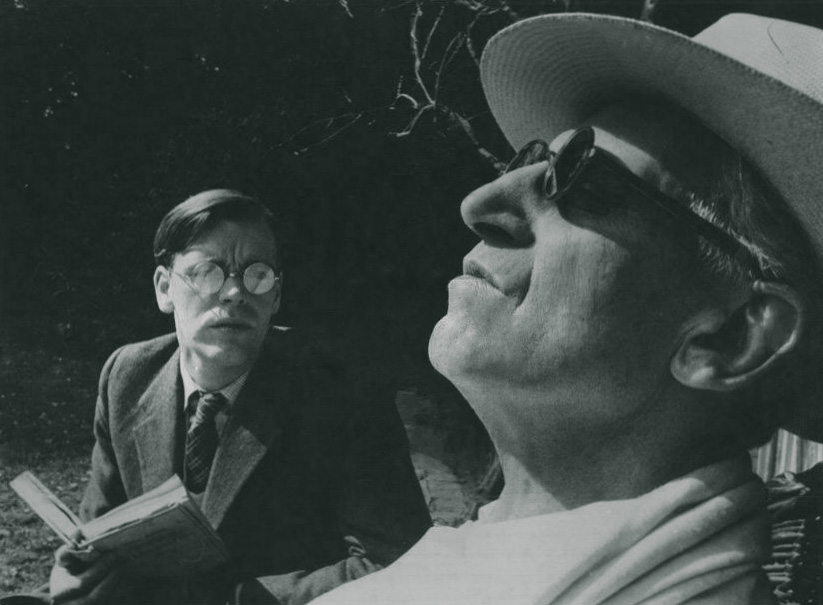
Ken Russell, Song of Summer; Christopher Gable as Eric Fenby, Max Adrian as Delius, credit Wikipedia
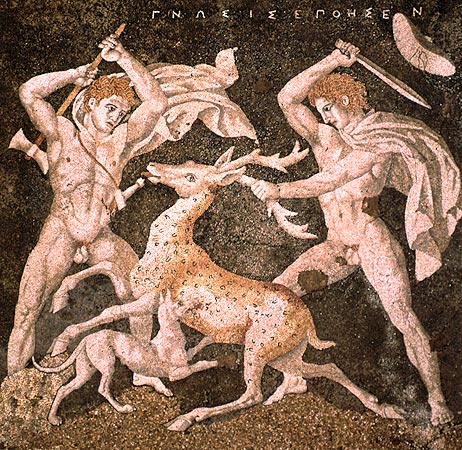
The Deer Hunt Mosaic from Pella, c.300 BC, credit Wikipedia
Christopher Rollston, Susanna Garfein, Neal H. Walls (Eds.), Biblical and Ancient Near Eastern Studies in Honor of P. Kyle McCarter Jnr., 2022, SBL Press, $119.00, reviewed by Darrell Sutton
The history of ‘Oriental studies’ in America was chronicled by C.W. Meade, in The Road to Babylon: Development of U.S. Assyriology (Brill; 1974). Its European foundations were broad but not unknown. Beyond the arduous efforts of the decipherers of cuneiform, the roots of Assyriology sprouted mainly from seeds sown in the research of Julius Oppert (1825-1905) and Eberhard Schrader (1836-1908). Mesopotamian investigations prompted and accelerated wider studies, some of which appeared in, among others, Beiträge zur Assyriologie and The Cuneiform Inscriptions of Western Asia, or in the pages of periodicals like The Babylonian and Oriental Record and Journal of the Society of Biblical Literature and Exegesis. The ripest fruits of Assyriology were accessible to persons proficient enough to grasp cuneiform content. Some significant and prolific figures were trained in the school of Friedrich Delitzsch (1850-1922). On the shoulders of those scholars whose scholarship today seems passé, a new generation of creative specialists have made their stand.
Collecting articles in honour of a notable scholar is hardly unusual. Original ideas in his or her areas of interest are often treated therein, although occasionally papers that would not pass the tests of an academic journal’s peer-review are submitted, accepted, then published. Technical fields of study tend to foster esoteric research. The study of Assyriology, Hebraica and Archaeology certainly illustrate this claim, offering disputable ‘scientific’ findings that are based on varied interpretations. The articles assembled here pay tribute to P. Kyle McCarter, the W.F. Albright Emeritus Professor in Biblical and Ancient Near Eastern Studies. His research is wide-ranging, as can be seen from the editors’ comments (pp.xvii-xviii) and in Christopher Rollston’s Introduction (1-2). Jonathan Rosenbaum surveys McCarter’s considerable contributions to near eastern scholarship (xix-xxv); the latter’s knowledge of Egyptology is acknowledged. At times he delved into Sumerian to supplement his explorations: e.g., see ‘The River Ordeal in Israelite Literature’, (1973), Harvard Theological Review, 66.4.
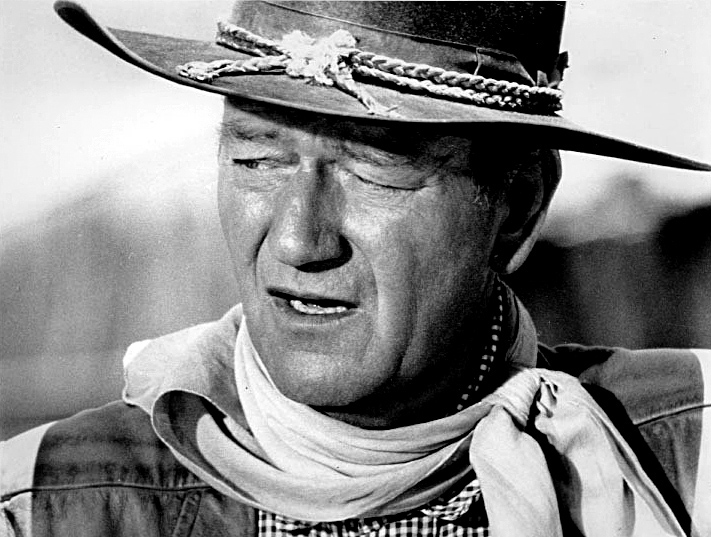
John Wayne, in The Comancheros (1961),
credit Wikipedia

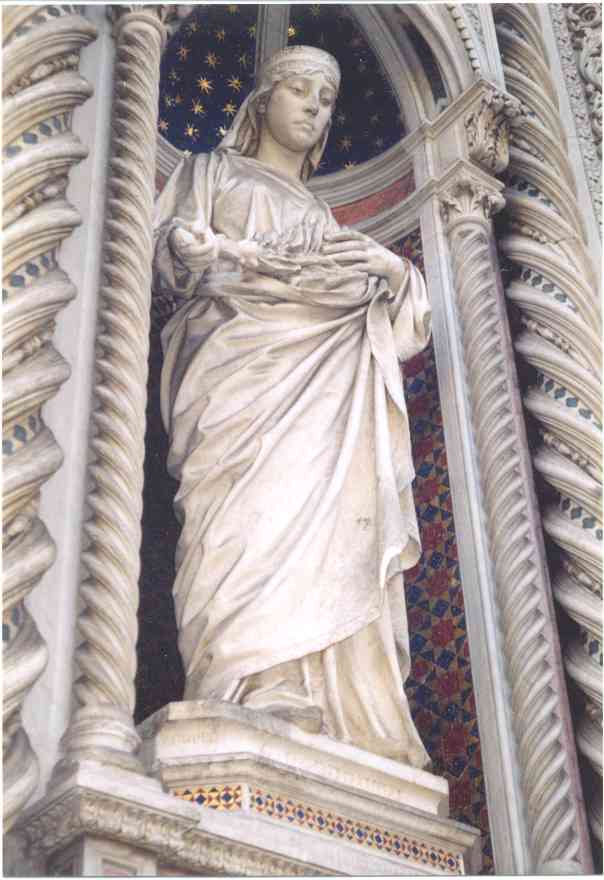
Florence Cathedral, facade, credit Wikipedia
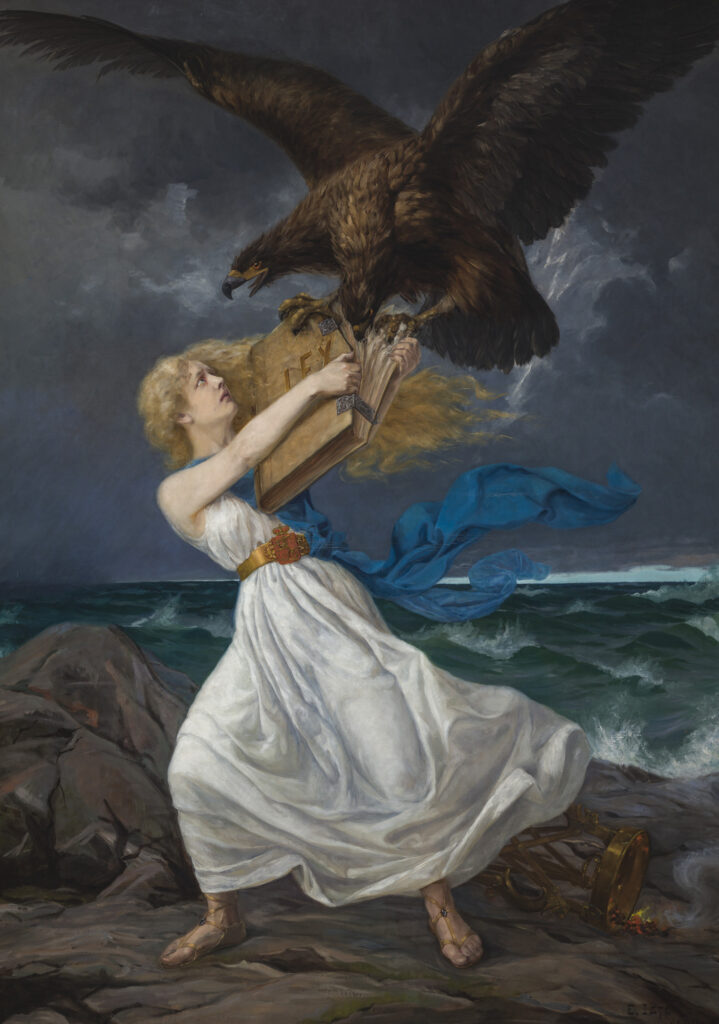
The Attack, Edvard Isto, the Finnish Maiden (Suomineito) attacked by the Russian eagle, credit Wikipedia

A hurrier and two thrusters, from The White Slaves of England (1853), J. Cobden, credit Wikipedia